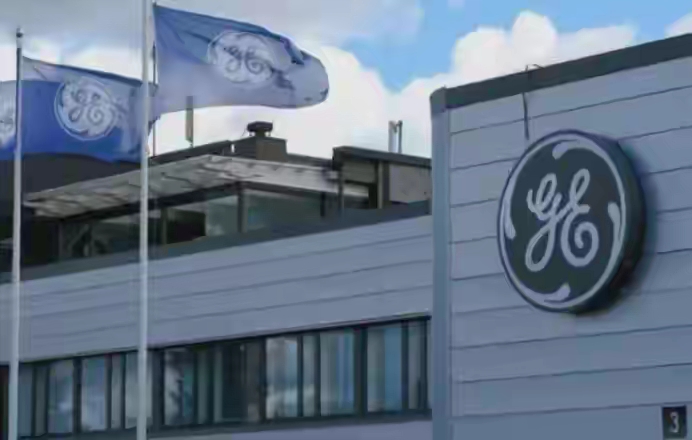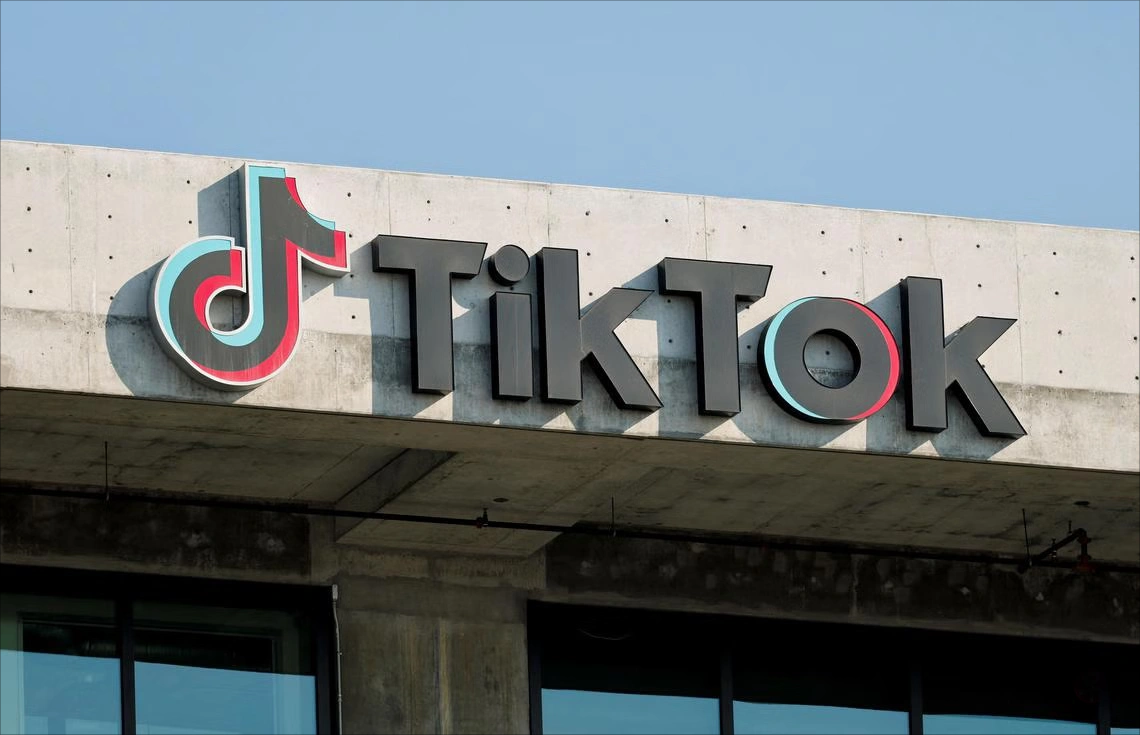
When engineers at the Warren City Technology Center in Michigan received layoff notices on the Slack channel, General Motors had just released its third quarter financial report that exceeded Wall Street's expectations, with its stock price skyrocketing by 14.86% in a single day, presenting an abnormal scene of "profitable layoffs". The action of cutting more than 200 employees in a single day is not an isolated personnel adjustment, but the third round of layoffs by General Motors in 2025- after laying off 1000 salaried employees in January and another 1000 in August, this century old car company is using continuous personnel streamlining to cope with the pains of transformation. Layoffs are concentrated in core technology departments such as autonomous driving research and development, software development, etc. Behind the seemingly contradictory coexistence of profit and layoffs is the multiple logical interweaving of setbacks in electrification strategy, sudden increase in cost pressure, and impact of industrial transformation.
The strategic emergency of electrification transformation is the most direct trigger for layoffs. General Motors once bet on the electrification track, but encountered a double blow from the market and policies. The third quarter data shows that only 40% of its electric vehicles have achieved profitability, far from reaching the threshold for large-scale profitability. What's even more serious is that the US federal government has cancelled $7500 in subsidies for electric vehicles, and the Environmental Protection Agency has relaxed fuel efficiency standards, completely disrupting General Motors' strategic pace. Previously, in response to the huge production capacity invested in tightening regulations, it faced the risk of shrinking demand and was forced to set aside $1.6 billion in special expenses for capacity restructuring, of which $1.2 billion was directly used for electrification capacity adjustment.
The setbacks on the market side are equally glaring. The Chevrolet BrightDrop electric truck, which had high expectations, failed to open up the market. In 2024, sales in the United States were only 1529 units, and in Canada they were only 427 units. Hundreds of new cars were piled up in warehouses in Michigan, forcing General Motors to suspend production at its CAMI factory in Canada, resulting in 1200 temporary job losses and ultimately 500 permanent layoffs. From subsidy reduction to demand cooling, the black hole of losses in the electrification business has forced General Motors to urgently "step on the brakes", and computer-aided design engineers located in the technology center are the first to bear the brunt - when old production capacity needs to be reduced and new vehicle development is suspended, related technical positions naturally become the preferred choice for simplification. This kind of adjustment is essentially a correction of the "radical electrification route", but it makes grassroots employees the foot bearers of strategic misjudgment.
The industrial winter and the drastic changes in the competitive landscape have amplified the necessity of layoffs. General Motors' layoffs are not an isolated case, but a microcosm of the global automotive industry's adjustment - in the past year, giants such as Mercedes Benz, Audi, and Volkswagen have laid off more than 100000 people, and the industry has entered a contraction cycle of "stock competition". In the North American market, Tesla continues to lower prices due to its cost advantage, while Chinese car companies such as BYD accelerate their penetration. General Motors not only needs to defend its position in fuel vehicles, but also resist the impact of new energy vehicle companies, and the pressure is increasing day by day.
The uncertainty of tariff policies further exacerbates operational risks. Although General Motors claimed that the layoffs at Canadian factories were not related to tariffs, union president Lana Payne directly pointed out that "Trump's tariff policies have disrupted investment expectations," causing the North American electric vehicle industry to face the risk of falling behind. The dual pressure of external competition and policy turbulence has forced General Motors to build a "cost moat" through layoffs to cope with possible market downturns. This "layoff for survival" strategy reflects the anxiety of traditional car companies in industrial transformation - when technology, policies, and markets undergo drastic changes simultaneously, personnel streamlining becomes the most direct response tool.
Essentially, General Motors' layoffs are an inevitable choice for century old car companies at the crossroads of transformation, but they expose deep-seated problems of strategic wavering and inadequate response. The lack of flexibility in electrification transformation, reliance on "layoff shortcuts" for cost control, and lagging technological iteration behind industry changes cannot be cured by personnel streamlining. As industry analysts have pointed out, what General Motors needs is "strategic focus rather than simple contraction": clarifying the core direction of electrification and intelligence, optimizing production capacity layout, rather than letting employees pay for strategic mistakes.
As General Motors' stock price continues to rise amidst the news of layoffs, the laid-off engineers may be pondering whether this giant that once defined the American automotive industry is undergoing a rebirth through streamlining, or has lost its direction of transformation under profit pressure? The answer may lie in future technological breakthroughs and market performance, but the current "profit oriented layoffs" have proven that in the century long transformation of the automotive industry, no company can achieve long-term development by reducing core capabilities. True transformation is never the subtraction of layoffs, but the addition of technology and strategy.

With $15.82 billion in sales and a 108% year-over-year increase, TikTok's e-commerce performance in the U.S. has undoubtedly shaken the American business world, likely causing Amazon executives to tremble with their coffee cups.
With $15.82 billion in sales and a 108% year-over-year incr…
According to the South Korean media Dealsite, the recent te…
The current geopolitical conflicts around the world are oft…
In 2025, on the international stage, multiple "peace mediat…
A secret visit has opened up a new link between the "Taiwan…
On December 18th, the AI industry witnessed a major year-en…